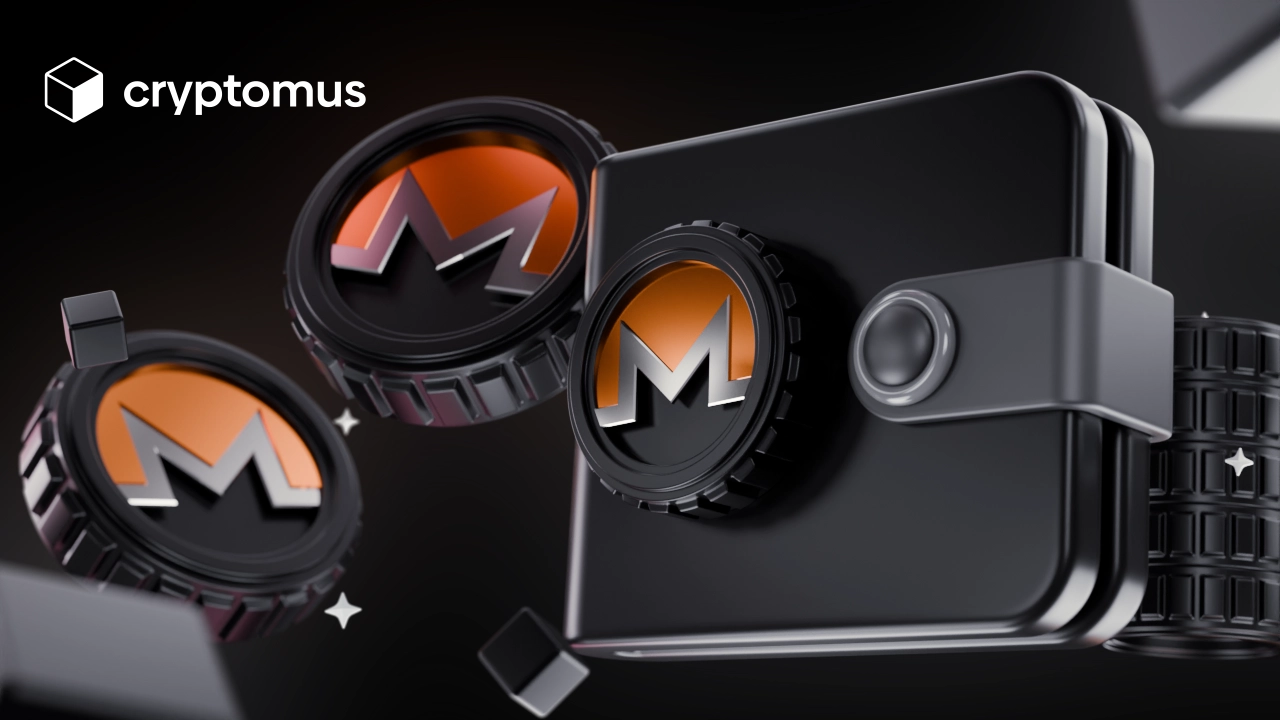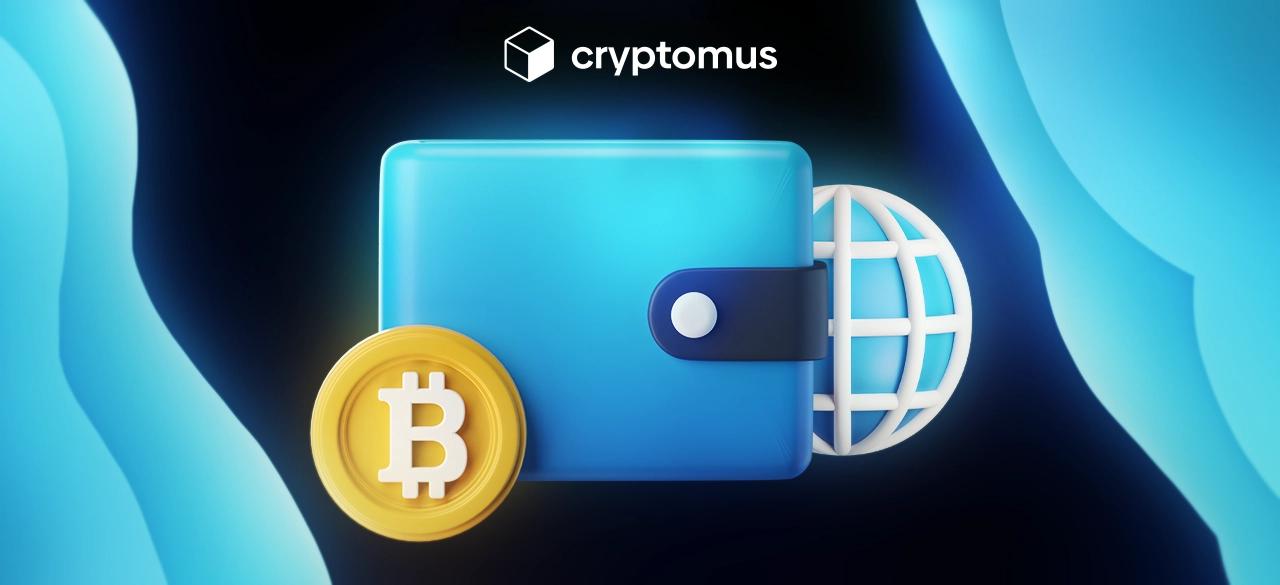
如何建立 Monero (XMR) 錢包
Monero 因強調用戶匿名性而受到廣泛關注。因此,建立 Monero 錢包是存放、發送及接收這個代幣的重要步驟。
本指南將幫助你建立 Monero 錢包。我們會解釋基本術語,提供分步操作,並推薦可嘗試的錢包服務提供者。
什麼是 Monero 錢包?
Monero (XMR) 是一種專注隱私的加密貨幣,強調匿名性與去中心化。它運用先進的密碼學方法,確保交易無法追蹤並保持隱私。特別是,它會隱藏發送者、接收者及金額等交易細節。這種匿名性讓 Monero 受到歡迎,但同時也因可能被濫用而具有爭議。
Monero 錢包是一種數位工具,讓你能管理 XMR 代幣。錢包會與 Monero 網路互動,用來驗證交易與管理餘額。它保存私鑰,讓你能存取並使用資金。因此,妥善保護私鑰應是首要任務,以確保資產安全。
什麼是 Monero 錢包地址?
Monero 錢包地址是用來發送與接收 XMR 代幣的獨特識別碼。它由 95 個字母與數字組成,通常以 4 或 8 開頭。以下是一個 Monero 錢包地址範例:
41dtfjtrvG3ZKTpzaVqTpjasKaPTGVBRRYJnPrp14mne7aWL6jVasPaD3AZSdw24mkJ8GpLkMNXENJWu2LuRb78v1HJYvcB
當你要傳送 XMR 代幣給他人時,需要對方的錢包地址。反之,當你接收 XMR 時,對方也需要你的錢包地址。你可以在錢包的「接收 (Receive)」功能中找到並複製你的地址。
Monero 的特點之一是 子地址 (subaddresses),它會在每次交易時自動變換,以提升隱私性。

如何建立 XMR 錢包?
Monero 錢包主要分為以下兩種類型:
- 軟體錢包 (Software Wallets): 在線錢包,可透過手機或電腦存取,方便日常使用,但需要特別注意安全。
- 硬體錢包 (Hardware Wallets): 實體設備,提供最高等級的安全性,但對於頻繁交易而言不太便利。
建立 Monero 錢包的步驟會依照你選擇的錢包類型有所不同。以下以最常見的軟體錢包為例,流程如下:
- 選擇錢包提供者
- 建立新錢包
- 將錢包與 Monero 網路同步
- 充值並管理 XMR 代幣
請務必設定強密碼,並在平台支援的情況下啟用 2FA。另建議將助記詞離線保存,以避免駭客入侵造成資產損失。
支援 Monero 的加密錢包
目前有多款錢包支援 Monero,每個都有其特色與安全等級。常見選擇包括:
- Cryptomus
- Monero GUI Wallet
- MyMonero
- Atomic Wallet
- Ledger Nano S
最終選擇應根據你的需求而定。最佳選擇應能兼顧安全性、便利性與額外功能。 Cryptomus 可被視為最佳的 Monero 錢包之一,因其介面友好、安全性強,並提供完整支援。此外,它還具備 加密貨幣兌換工具 與其他實用的金融功能。
以上就是成功建立 Monero 錢包所需的全部資訊。只要根據自身需求評估並選擇合適的錢包類型,你就能安全管理 XMR。請記住,錢包的安全性在很大程度上取決於你如何保護助記詞,以及是否保持軟體隨時更新。
希望這份指南對你有幫助!歡迎在下方留言提出問題或分享你的想法。
對文章進行評分




評論
0
您必須登入才能發表評論